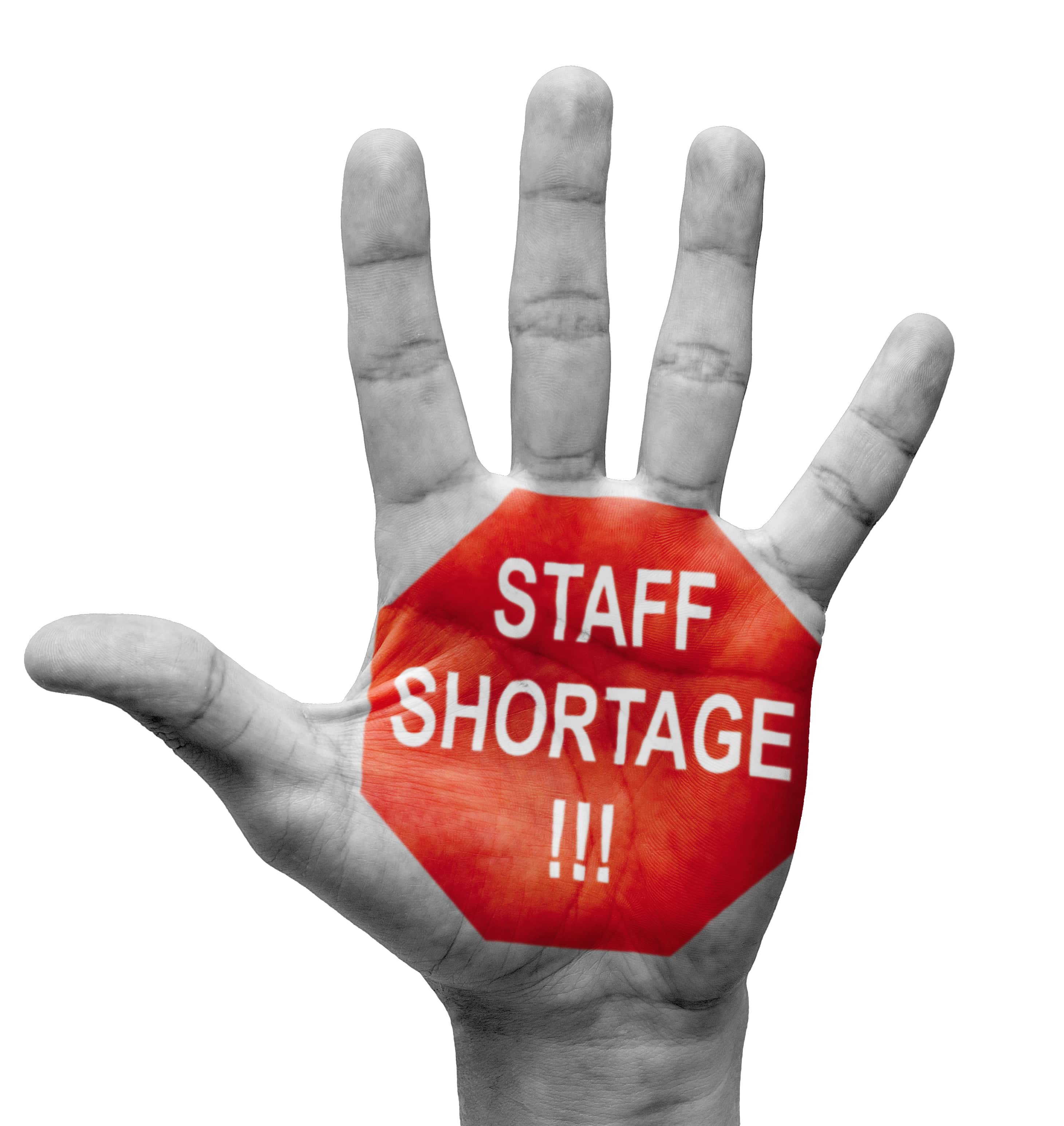
Burnout a Growing Concern for the Healthcare Workforce. How Can Employers Help?
Burnout has officially become a recognized health concern by the World Health Organization (WHO). This type of extreme stress or fatigue can lead to everything from respiratory problems to gastrointestinal issues. Feelings of energy depletion or exhaustion, increased mental distance from one’s job or feelings of negativism or cynicism to one’s job, and reduced professional efficacy are all symptoms of burnout.
The healthcare field has higher rates of staff burnout and it’s easy to see why. Working in such a volatile environment as caring for patients with a range of acuity is emotionally challenging. And there are the physical demands of bedside care that can lead to injuries. And on top of that, throw in the stressors of most other shift-work professions, e.g., schedule issues, perceived inability to take a vacation, problems with managers and other co-workers, etc. All of this can leave nurses and other providers burned out, often within a few years of beginning their career.
Even though caregivers are resilient, healthcare organizations should put more effort into ensuring their staff is cared for. AMN Healthcare’s 2017 Survey of Registered Nurses clearly showed the affect burnout is having on RNs. While there was a strong indication that nurses loved their profession, they had mixed feelings about their jobs. In fact, 55% of those surveyed worried that their job was affecting their health.
Healthcare organizations should be asking, “What can we do?” “How can we take care of our employees?”
While there are nuanced individual factors that can cause burnout, including poor managers or personal issues, the most common work-related causes of staff burnout can actually be detected through analytics and mitigated through sound staffing practices.
For example, by planning a staffing mix of cross-generational employees in line with patient demand, organizations can experience a healthy blend of experience and tenure and enable more mentoring of new grads from seasoned professionals on every shift. Ensuring experienced caregivers are always part of the mix has a positive effect on patient engagement and satisfaction.
Additionally, staffing and scheduling is a major cause of frustration for staff. Without the proper tools, scheduling can be a thorn in a nurse manager’s side – often trying to pin down staffing needs until the start of a shift. This typically results in over or understaffing – forcing cancellations and floating, or pushing staffing into extra hours or overtime, which negatively affects morale and can lead to nurse burnout.

Automating the scheduling process and utilizing predictive analytics helps ensure nurse schedules are balanced and staff commitments are being met. This software also optimizes self-scheduling, open shift management, and requesting time off processes, which further boost staff satisfaction.
In a time when burnout is a real threat, employers have to focus on what they can do to ensure the wellbeing of their employees. Creating policies and implementing tools to improve the working lives of employees helps improve productivity and tenure. Encouraging a work-life balance and recognizing employees for their contribution to the greater good of the organization are ways to keep millennials satisfied and engaged within their roles.



